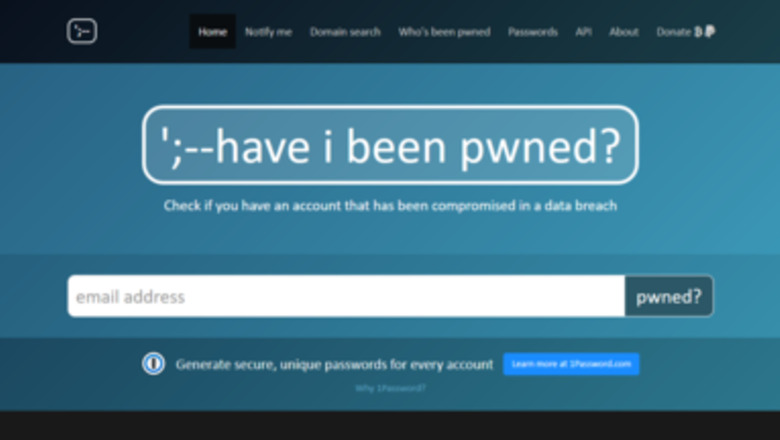
views
Checking your Email Address
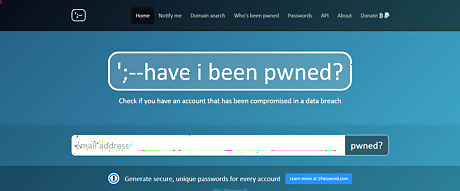
Type https://haveibeenpwned.com/ in your browser and hit ↵ Enter.
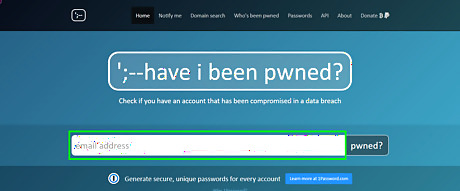
Enter your email address into the email address box.
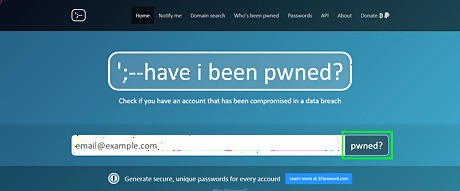
Click pwned?. This will search the database to see if your email address is in it. You can also press the ↵ Enter key.
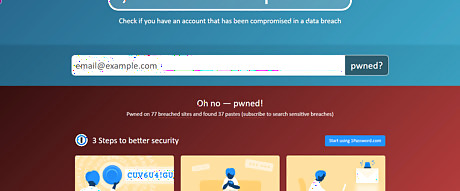
Review the results. If your email address was found in a breach, then you will see red screen with the message saying, "Oh no - Pwned!" You can scroll down to see the list of data breaches and pasts that you were involved in. If your email address was not involved in a data breach, then you will see a green screen that says, "Good news - no pwnage found!" Just because your email address was not found does not necessarily mean that it was never involved in a data breach, it just means that it was not found in Have I Been Pwned. If you were involved in a breach, then you should change the password for the sites that it says that you were breached in and change the password anywhere else you used it if your password was also leaked in the breach. Note that sensitive data breaches won't appear on this list. Sensitive breaches are breaches that you probably don't want anybody to know that you're in if you are in them (like the Ashley Madison breach). If you want to see sensitive breaches, then you will have to subscribe for notifications and click on the link in the verification email that you receive. EXPERT TIP Brandon Phipps Brandon Phipps Technology Specialist Brandon Phipps is a Technology Specialist based in Bakersfield, CA. He is the owner of Second Star Technologies and specializes in Managed IT Services for small and mid-sized businesses in Bakersfield, CA. With over 23 years of experience, he offers expert cloud computing, cybersecurity, and network management solutions. Brandon is a committed community member and coach who leads and innovates in tech and sports coaching. His dedication to local businesses and communities is evident in his hands-on, tailored approach to IT solutions. Brandon Phipps Brandon Phipps Technology Specialist Regularly monitor data breach sources to stay informed about what it takes to protect your accounts. Everything online is vulnerable to hacking. Use compromised password services to detect account and password breaches. It allows you to search across multiple data breaches to see if any of your online data has been compromised.
Subscribing for Notifications
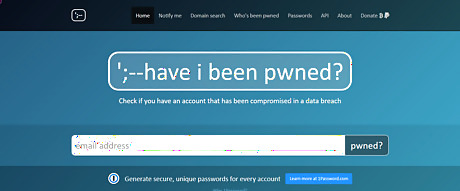
Navigate to haveibeenpwned.com.
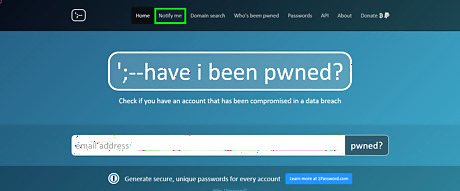
Click on the "Notify Me" tab near the top of the page.
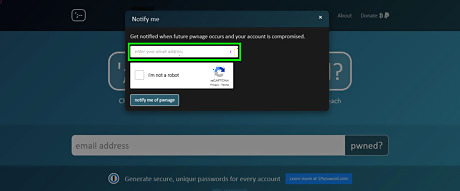
Enter your email address into the box that says, "enter your email address".
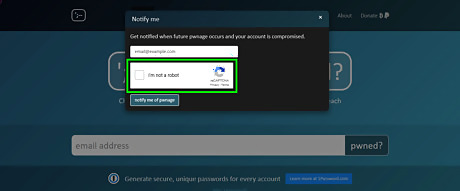
Complete the CAPTCHA.
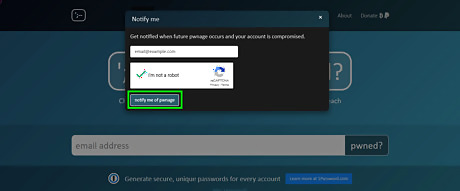
Click on notify me of pwnage.
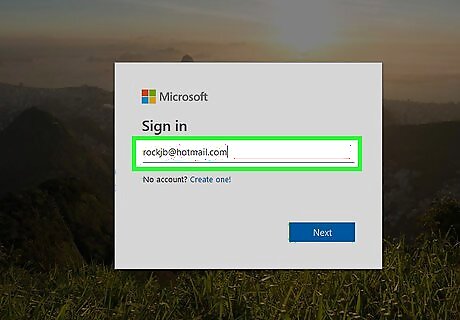
Go to your email inbox. Have I Been Pwned will send a confirmation email to you with a link that you have to click in order to verify your email.
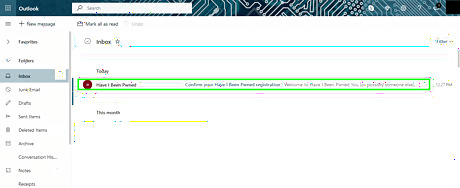
Open the email from Have I Been Pwned.
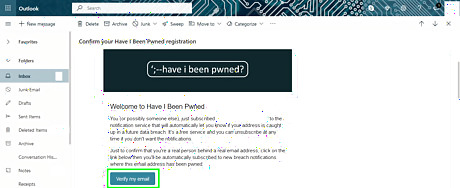
Click on the Verify my email button. You may have to scroll down to see it.
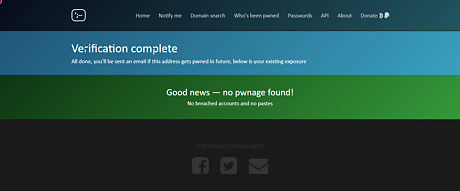
Review the results. After clicking on the verification link, you will be subscribed to receive emails if your email address is ever involved in a future data breach. You will also be able to see if you have been involved in any sensitive data breaches here. Sensitive data breaches are data breaches from sites that you probably don't want anybody else to know about. For privacy reasons, these breaches will only show up on this page once you verify your email, they will not appear on the public search page.
Using Pwned Passwords
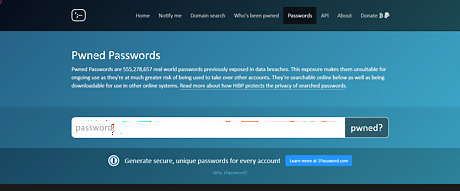
Navigate to haveibeenpwned.com/Passwords. You can also navigate to the home page, and then click on the "Passwords" tab at the top of the page.
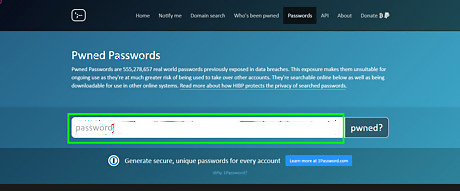
Enter a password into the Password box.
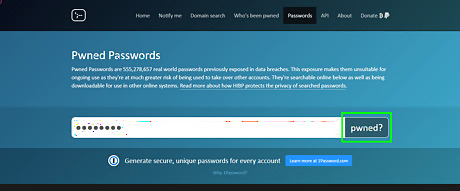
Click pwned?.
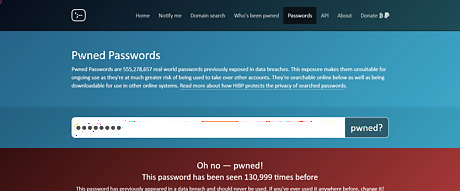
Review the results. If the password has appeared in a data breach, then a message will appear saying "Oh no - pwned!", and it will tell you how many times it has appeared before. If the password has not appeared in a data breach, then a message will appear that says "Good news - no pwnage found!". If a password that you use has been pwned, then you should not use it anymore and immediately change it anywhere you do use it. Just because a password wasn't found in the Pwned Passwords database does not mean that it is a good password.




















Comments
0 comment